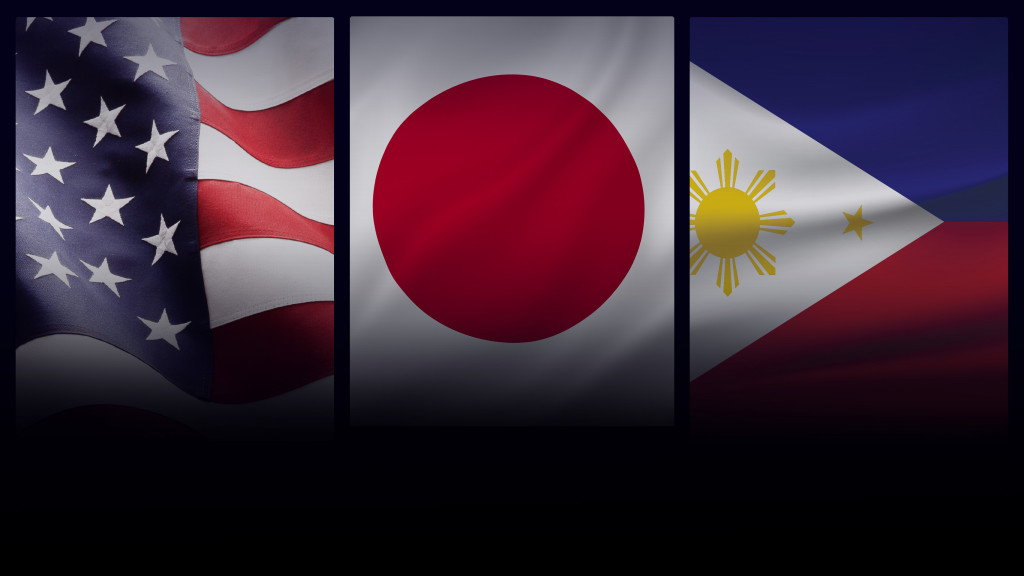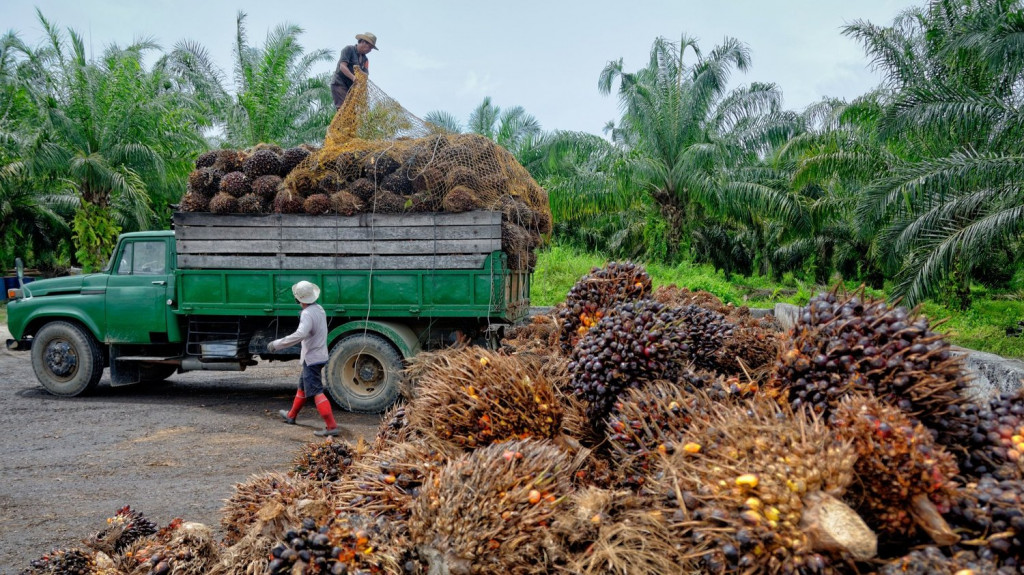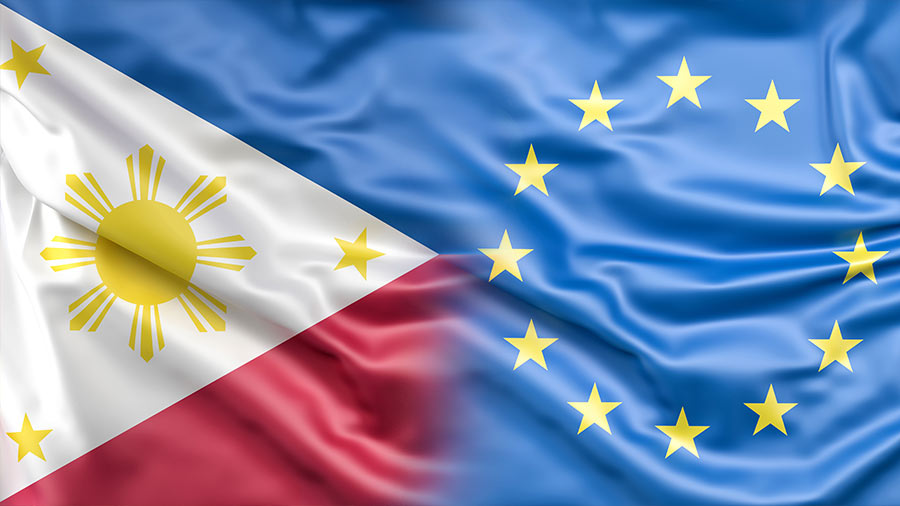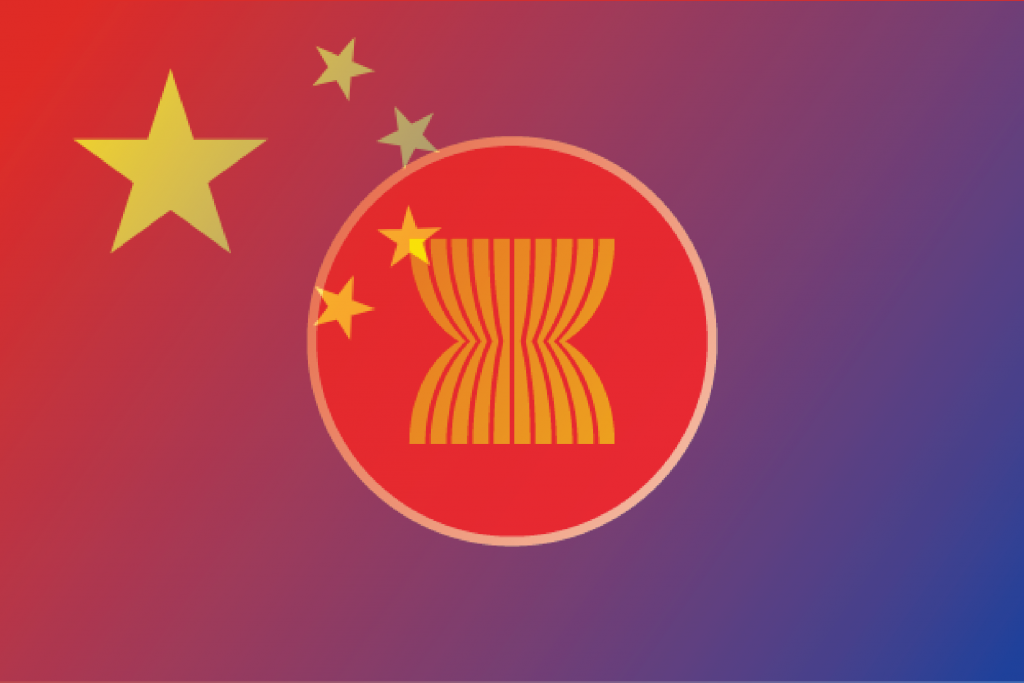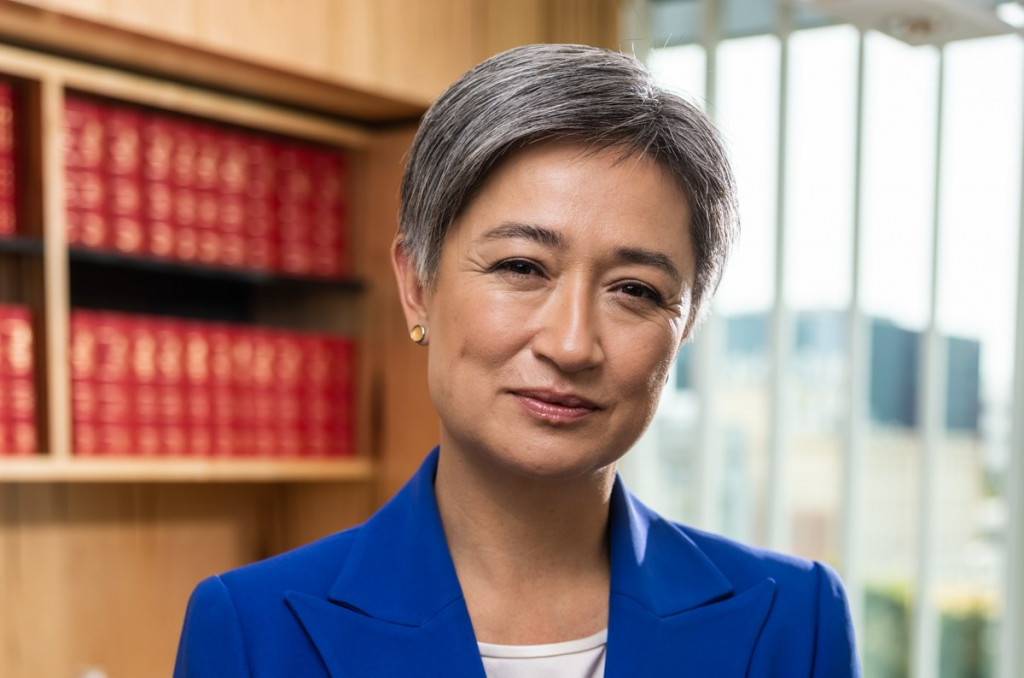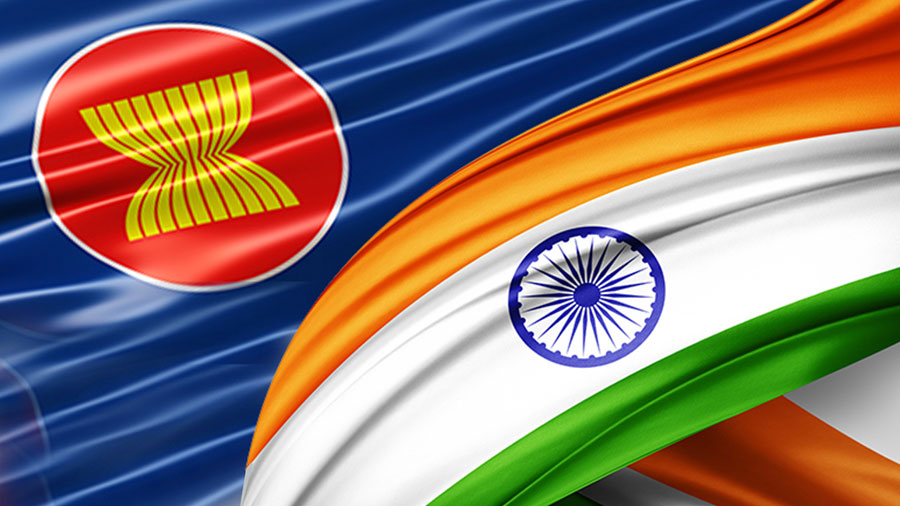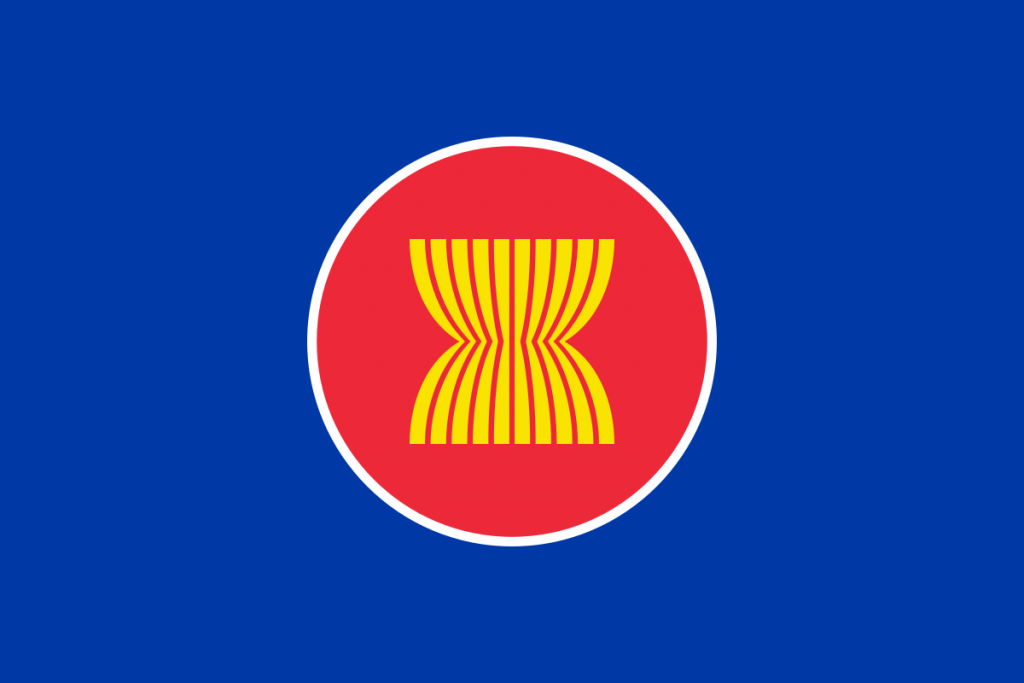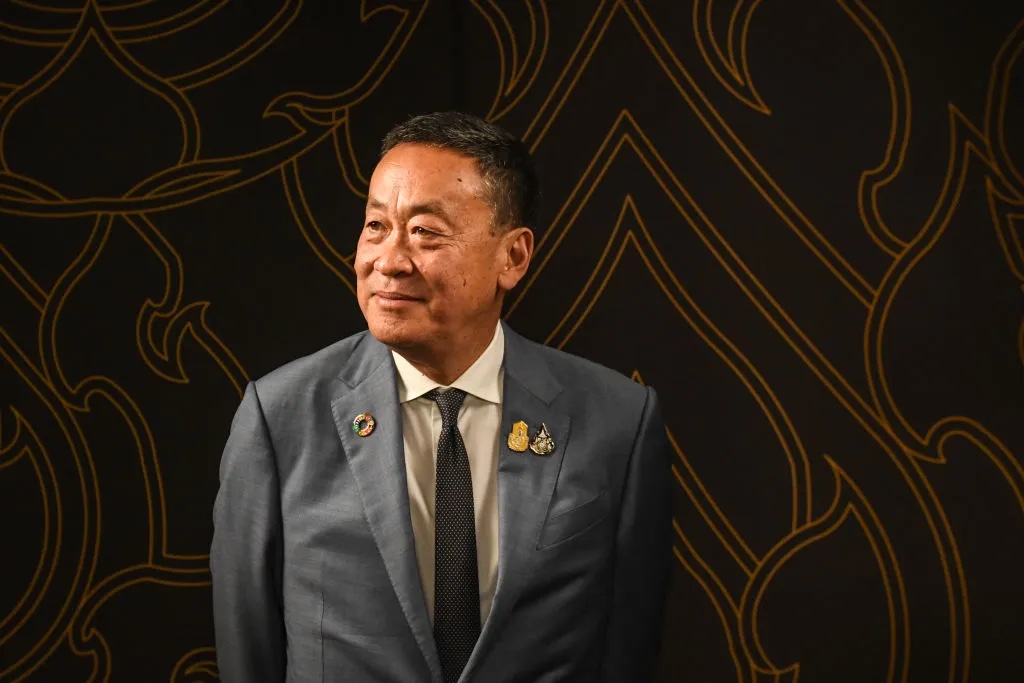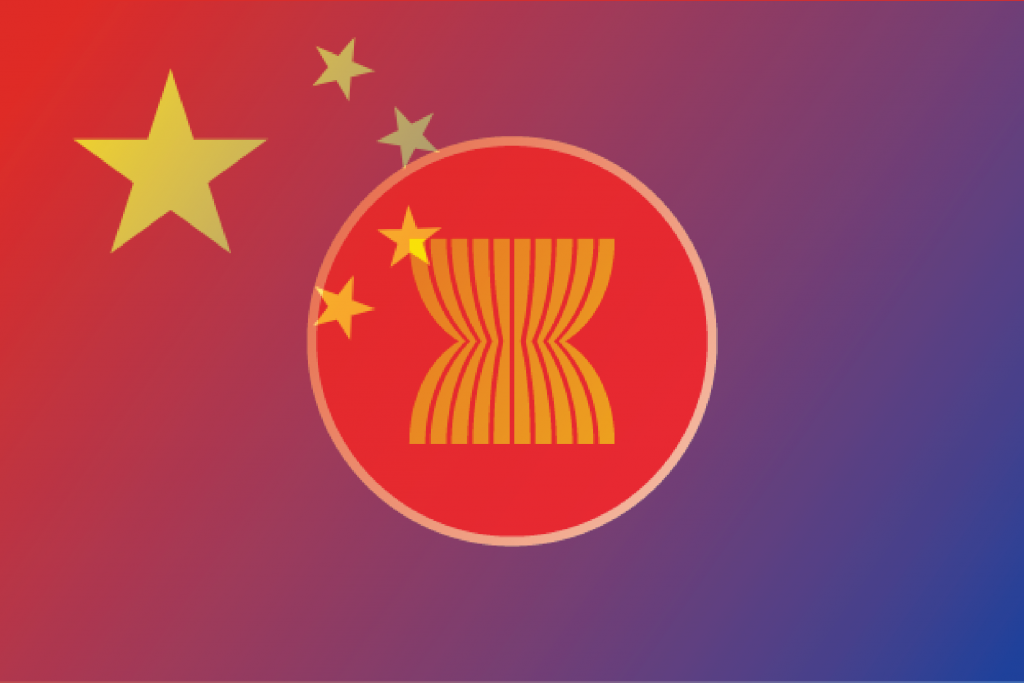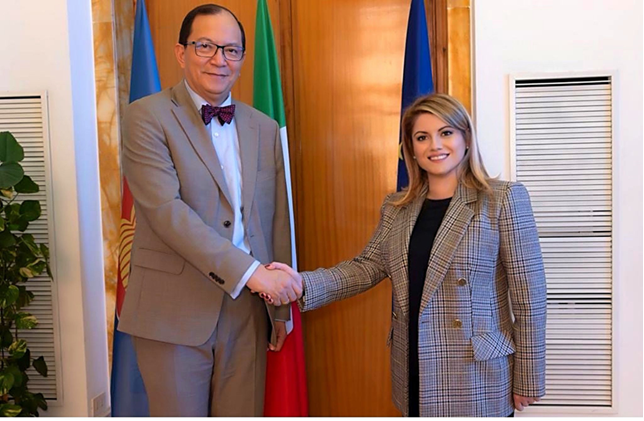Joe Biden hosts Fumio Kishida and Ferdinand Marcos Jr. for an unprecedented trilateral summit. Here's what the trilateral relationship means for Manila
By Walter Minutely
In recent years, the United States has consistently sought to deepen its diplomatic and security relationship in Asia. In this context, an unprecedented trilateral summit between U.S. President Joe Biden, Japanese Prime Minister Fumio Kishida, and Philippine President Ferdinand Marcos Jr. takes place on Thursday, April 11. The summit offers a unique opportunity to take a deeper look at the nature of relations between these three countries and outline future prospects for cooperation, starting with that in the context of the South China Sea.
This area has turned into a crucial geopolitical theater, with several countries claiming sovereignty over islands and rock formations scattered throughout the region. China has advanced assertive territorial claims, militarizing disputed islands and conducting increasingly assertive maritime operations. On the other hand, the aftermath of the war in Ukraine has also led to a strengthening of security and defense cooperation between the United States and several countries in the region.
Japan and the Philippines occupy a special role, as they have always been pillars of the U.S. security strategy in the Asia-Pacific. The decision to hold this trilateral summit is rooted in the need to coordinate responses to challenges in the South China Sea.
In addition to the geopolitical dimension, economic cooperation is another key pillar of the trilateral relationship. The United States, Japan, and the Philippines can join forces to foster economic growth through infrastructure development, trade and investment facilitation, and the promotion of inclusive economic policies. In addition, collaboration among these countries can help address new and emerging challenges, such as the digitization of the economy, opening up new opportunities for growth and sustainable development in the region.
Innovation and technology play an increasingly significant role in economic competitiveness and solving global challenges. The United States, Japan and the Philippines can work together to promote the development of advanced technologies while ensuring the security of digital infrastructure and the responsible adoption of new technologies. Through joint research and knowledge exchange, critical challenges such as climate change and food security can be addressed, thereby contributing to prosperity and well-being in the region.
Climate change and marine conservation are urgent challenges that require a global and coordinated response. The United States, Japan, and the Philippines can join forces to promote policies and initiatives to mitigate the effects of climate change, protect marine ecosystems, and promote environmental sustainability. This could include promoting renewable energy, responsible management of fisheries resources, and conservation of marine ecosystems, thus helping to preserve the environment for future generations.
Finally, regional security remains a key priority for all three countries. The United States, Japan and the Philippines intend to enhance their security and defense cooperation through joint military exercises, intelligence exchange and promotion of maritime security. This can help strengthen deterrence in the region while seeking to preserve the crucial goal of economic growth.

